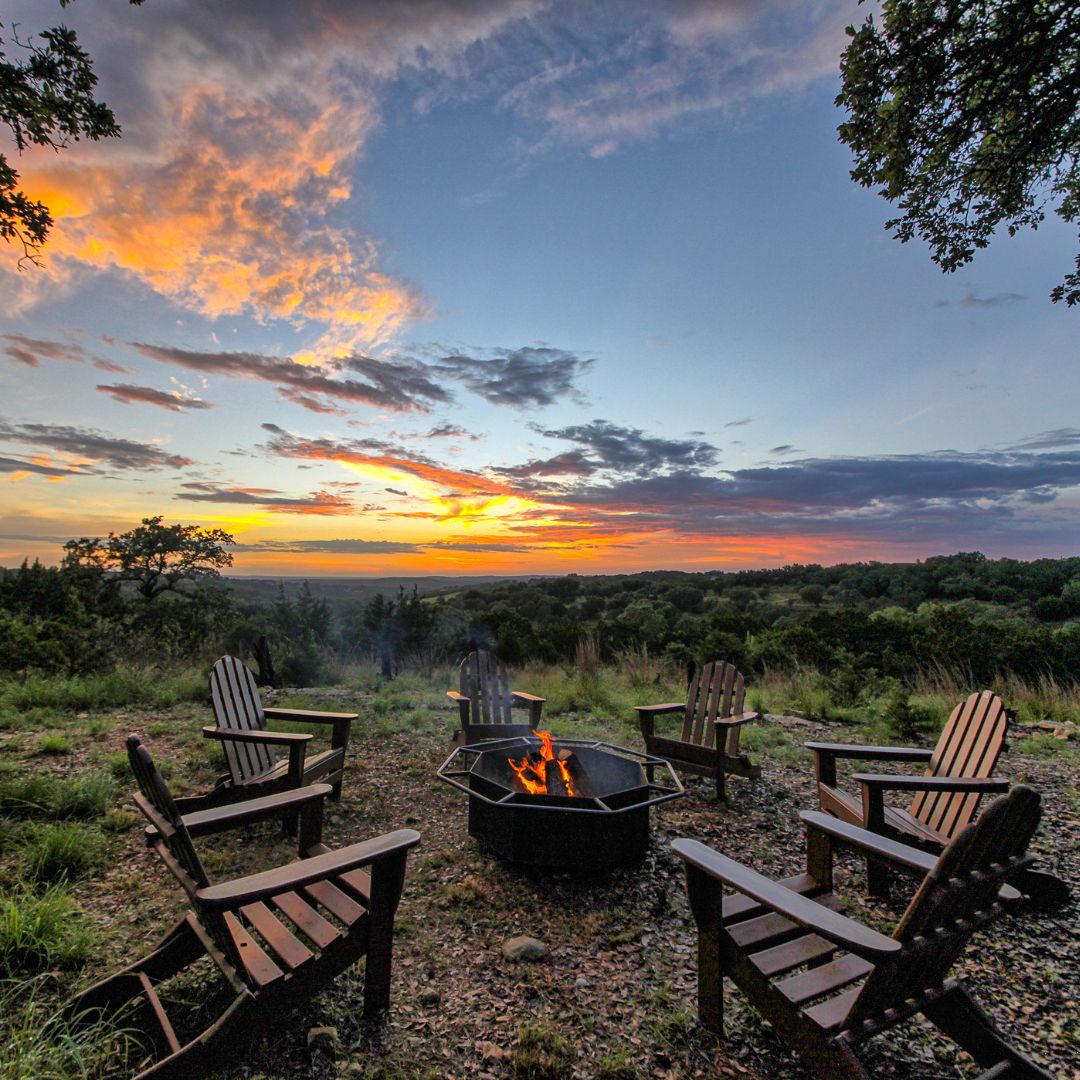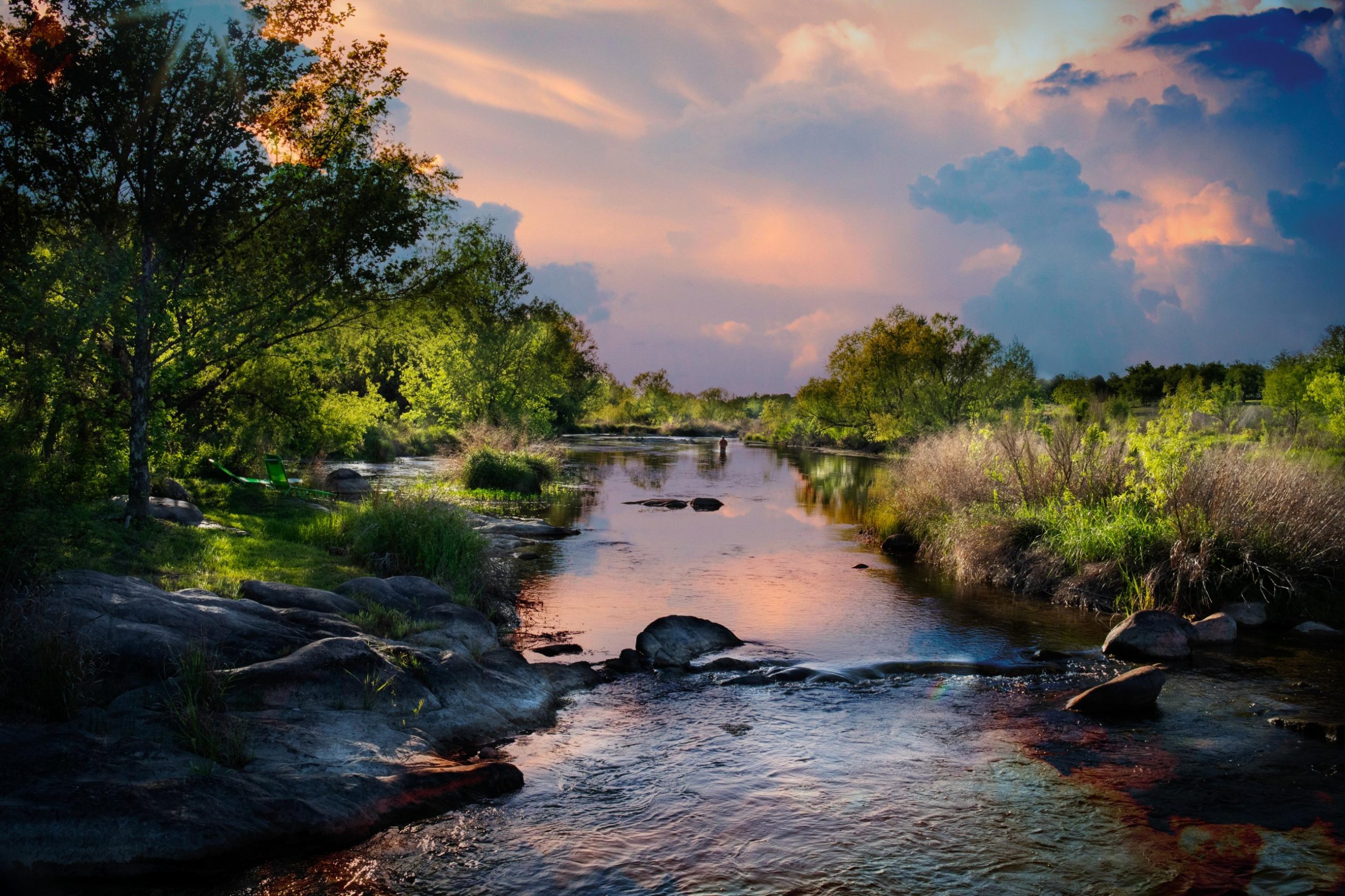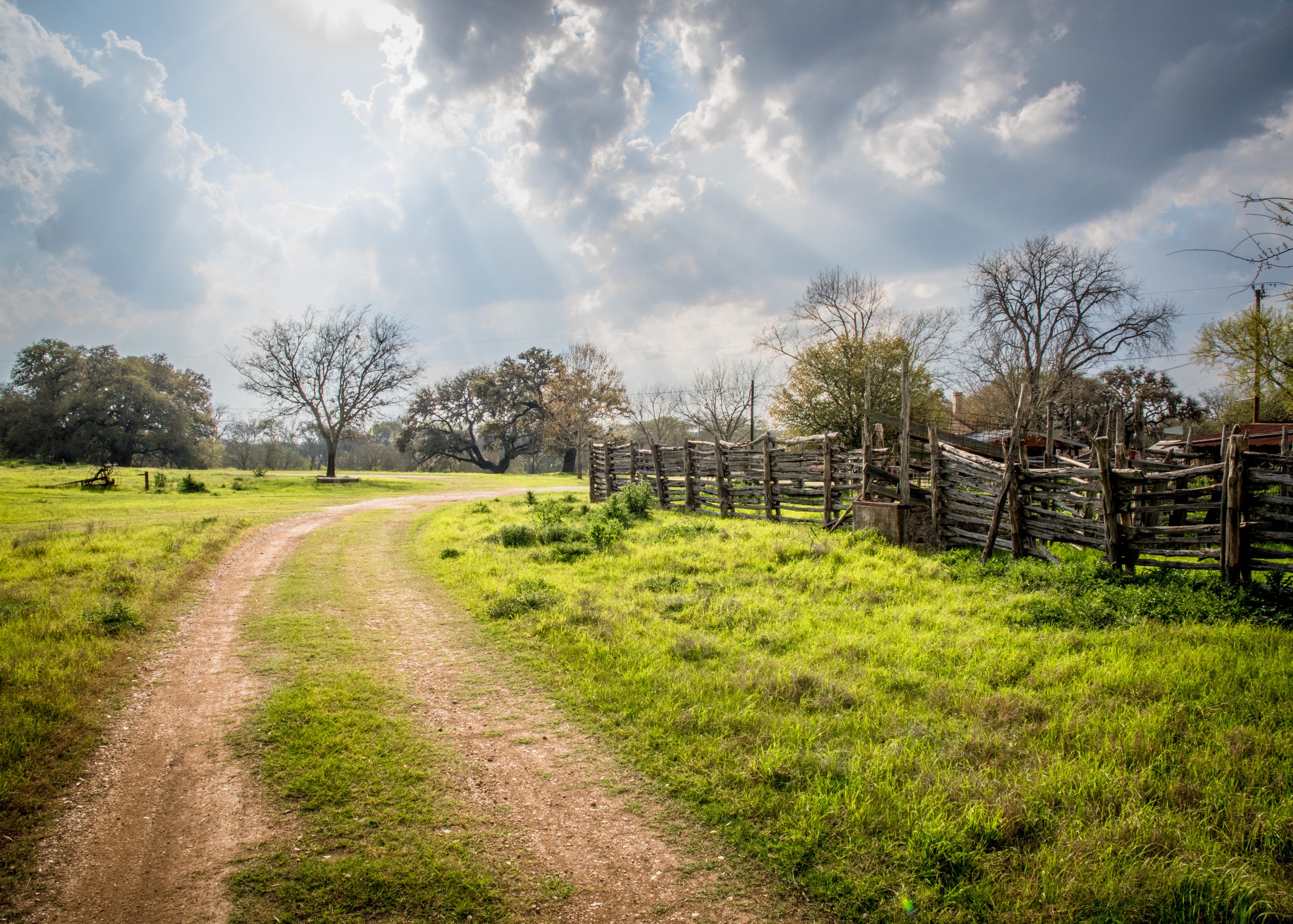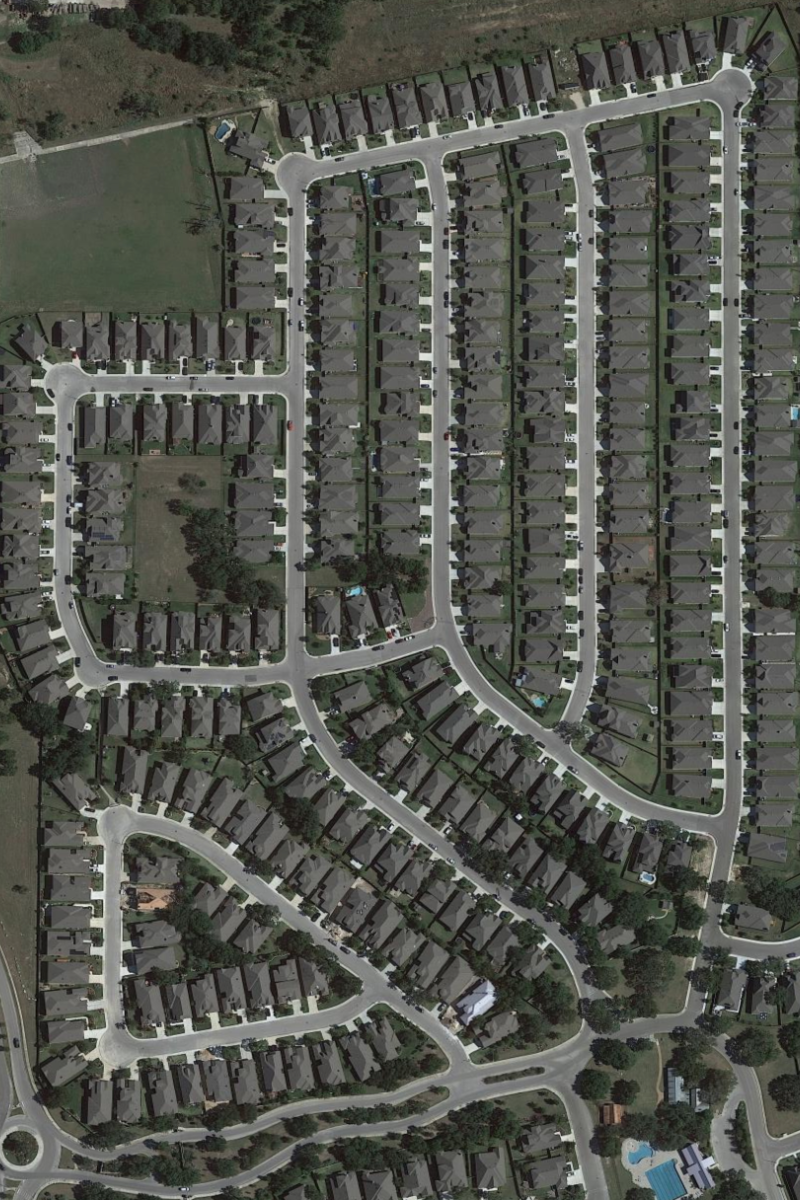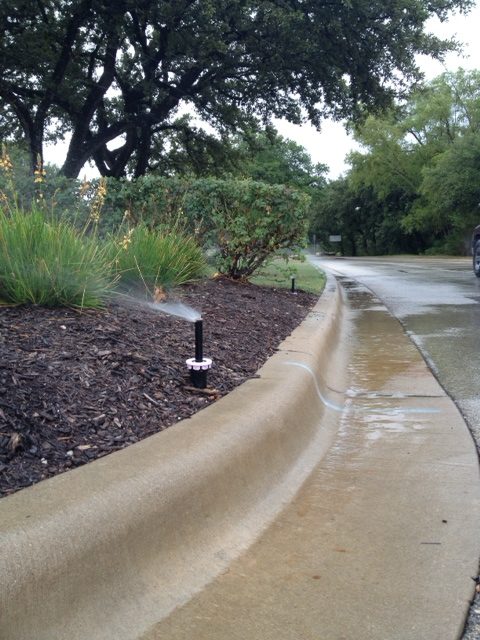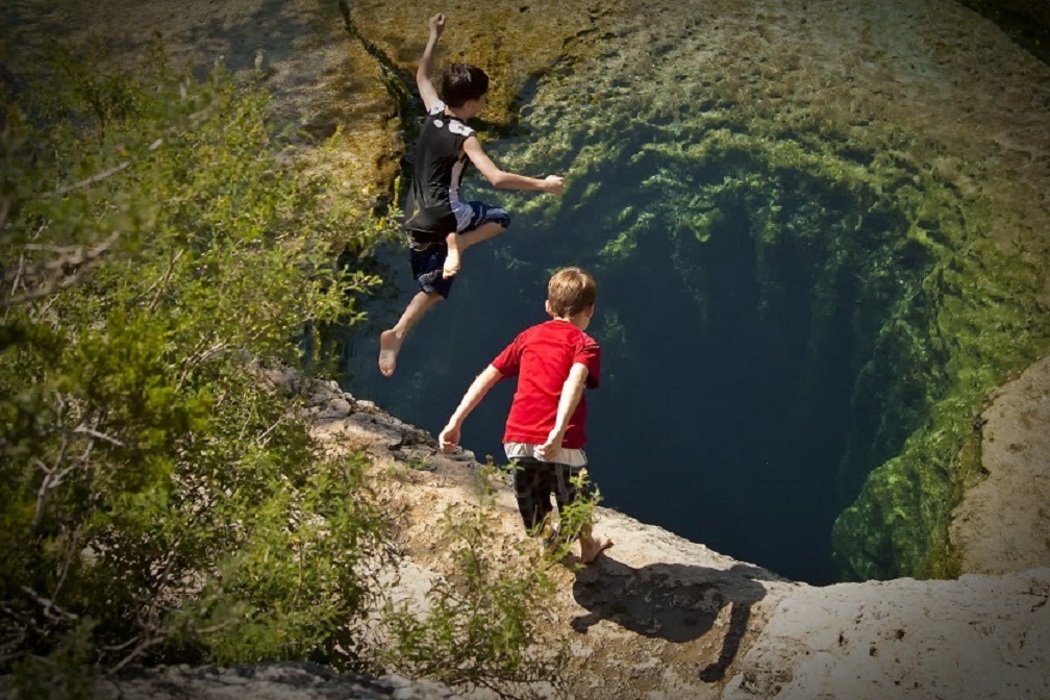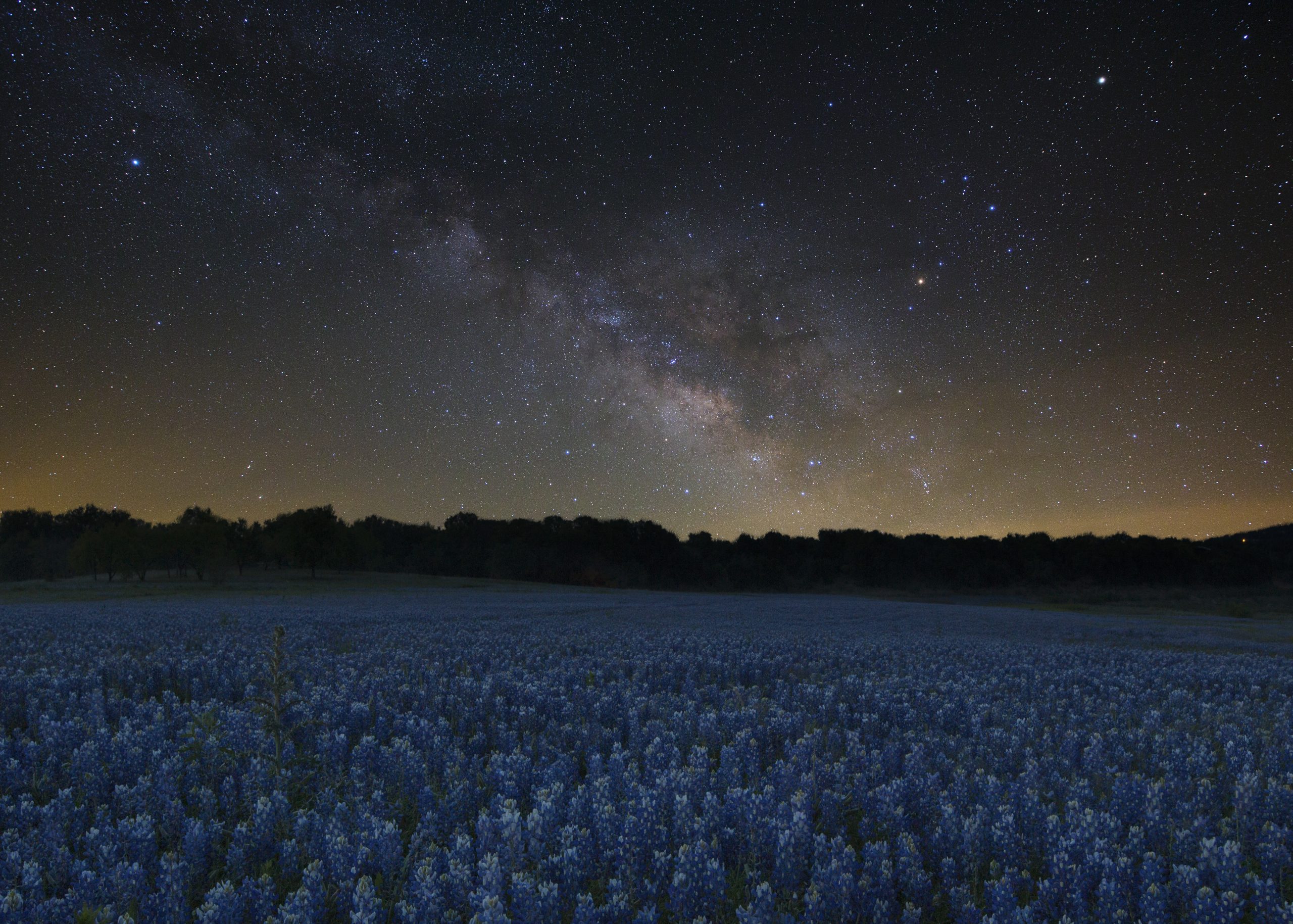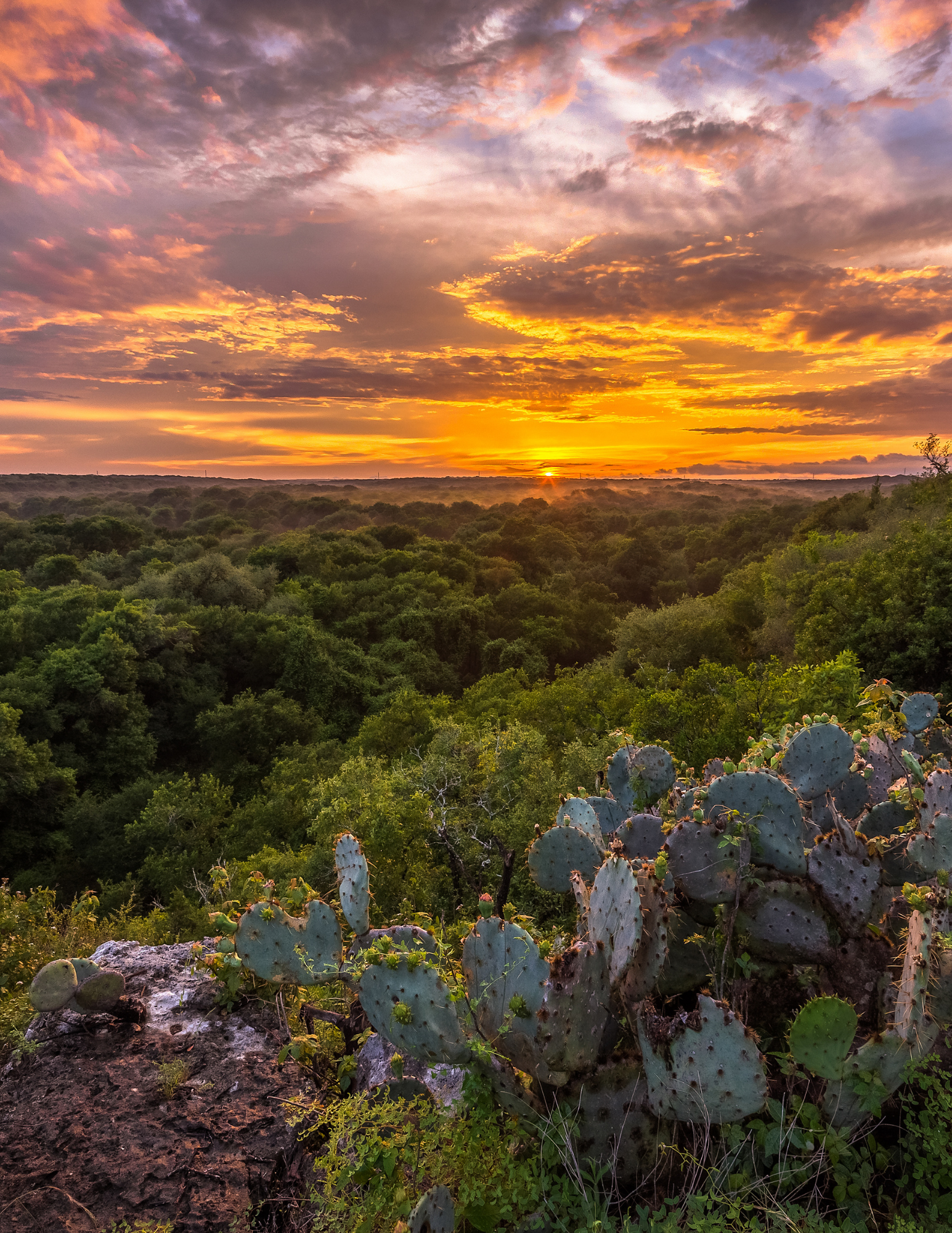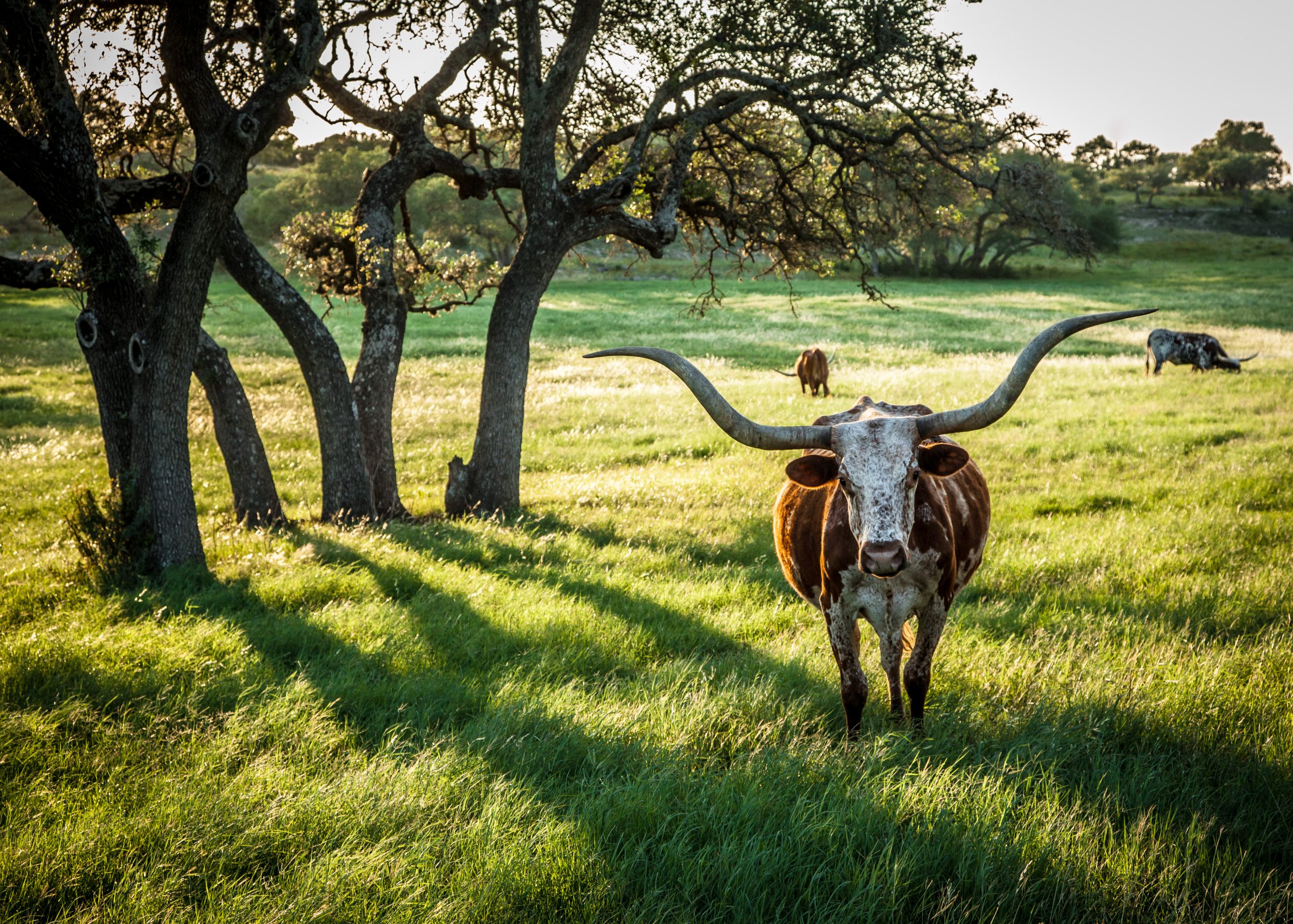News From the Network
Hill Country Land, Water, Sky, and Natural Infrastructure Plan
2023 Op-ed Series: Natural Systems are Vital Infrastructure
In this series, members of the Network dive in deeper on how crucial natural systems are to the future of thriving Hill Country communities. All of the following editorials are available for republishing, with credit to authors and the Texas Hill Country Conservation Network. Please share widely with your readers and friends.
New Plan Provides a Shared Vision for Preserving the Iconic Texas Hill Country
DRIPPING SPRINGS, Texas – A new report released this month by the Texas Hill Country Conservation Network (the Network) shines a spotlight on the need for investing in conservation as Central Texas grows. The Hill Country Land, Water, Sky and Natural Infrastructure Plan provides a data-driven vision for conservation of our region’s most important and defining natural resources. The 18-county Hill Country stretches from Austin to San Antonio and west to Uvalde and Junction, and includes three of the top ten fastest growing counties in the country. As the population grows, impacts are being felt in the form of increasing pressure on groundwater resources, land fragmentation and loss of natural areas, and light pollution that clouds the view of the stars at night. With these challenges in mind, conservation partners joined forces to create a plan for proactively protecting the natural resources so central to the identity of the Hill Country. Click to view 6/28/23 press release
New Plan Provides a Shared Vision for Preserving the Iconic Texas Hill Country
DRIPPING SPRINGS, Texas – A new report released this month by the Texas Hill Country Conservation Network (the Network) shines a spotlight on the need for investing in conservation as Central Texas grows. The Hill Country Land, Water, Sky and Natural Infrastructure…
2022 Op-ed Series: State of the Hill Country
In this series, members of the Network dive in deeper on each metric to show how they apply to individual Hill Country communities. All of the following editorials are available for republishing, with credit to authors and the Texas Hill Country Conservation Network. Please share widely with your readers and friends.
Anyone who is familiar with the natural areas of the Texas Hill Country will attest to their beauty and wondrous nature. Crystal clear spring-fed streams, steep canyons and bluffs, majestic forests, and wildflower-laden savannas dotted with oak trees are common sites in this region.
These lands boast long and distinctive histories, beginning with Indigenous peoples living off the land and its abundant wildlife and establishing sacred sites at the springs.
Read more from Frank Davis, Hill Country ConservancyAs the new State of the Hill Country Report illustrates, the Hill Country population has increased by 50% since 1990, with most of this growth occurring along the I-35 corridor. The fastest growing counties are Hays County with 195% growth, and both Comal and Kendall Counties with 176% growth. These are three of the five fastest growing counties in the entire United States.
In Kendall County, the City of Boerne has enacted an award-winning Unified Development Code to address the negative impacts of development on the natural environment.
Ben Eldredge is Vice President of Conservation at Cibolo Center for Conservation, board member of the Cow Creek Groundwater Conservation District and the Hill Country Alliance and serves on the steering committee for the Texas Hill Country Conservation Network.
Growth in unincorporated areas of Kendall County
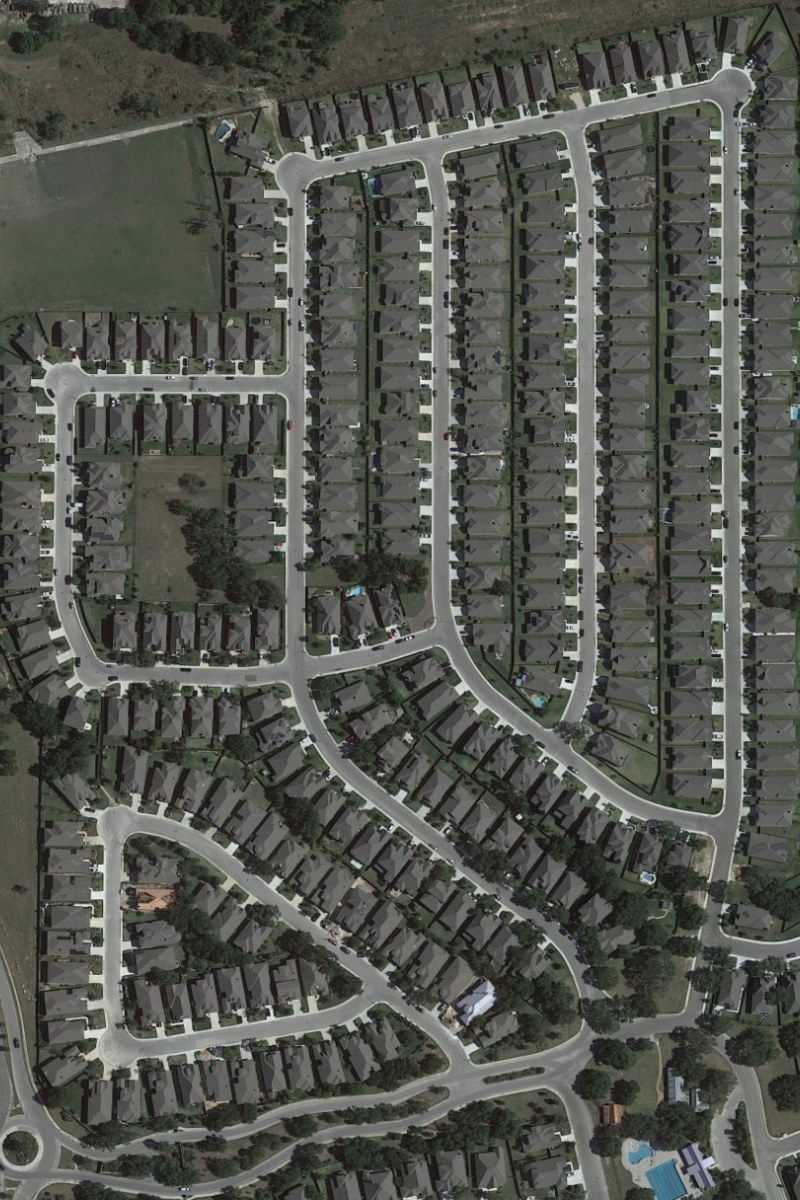
Rows and rows of houses, piled next to each other are shown in this Google Earth view of growth between Boerne and San Antonio – 03-16-2022
Open space is the key to keep the Hill Country thriving
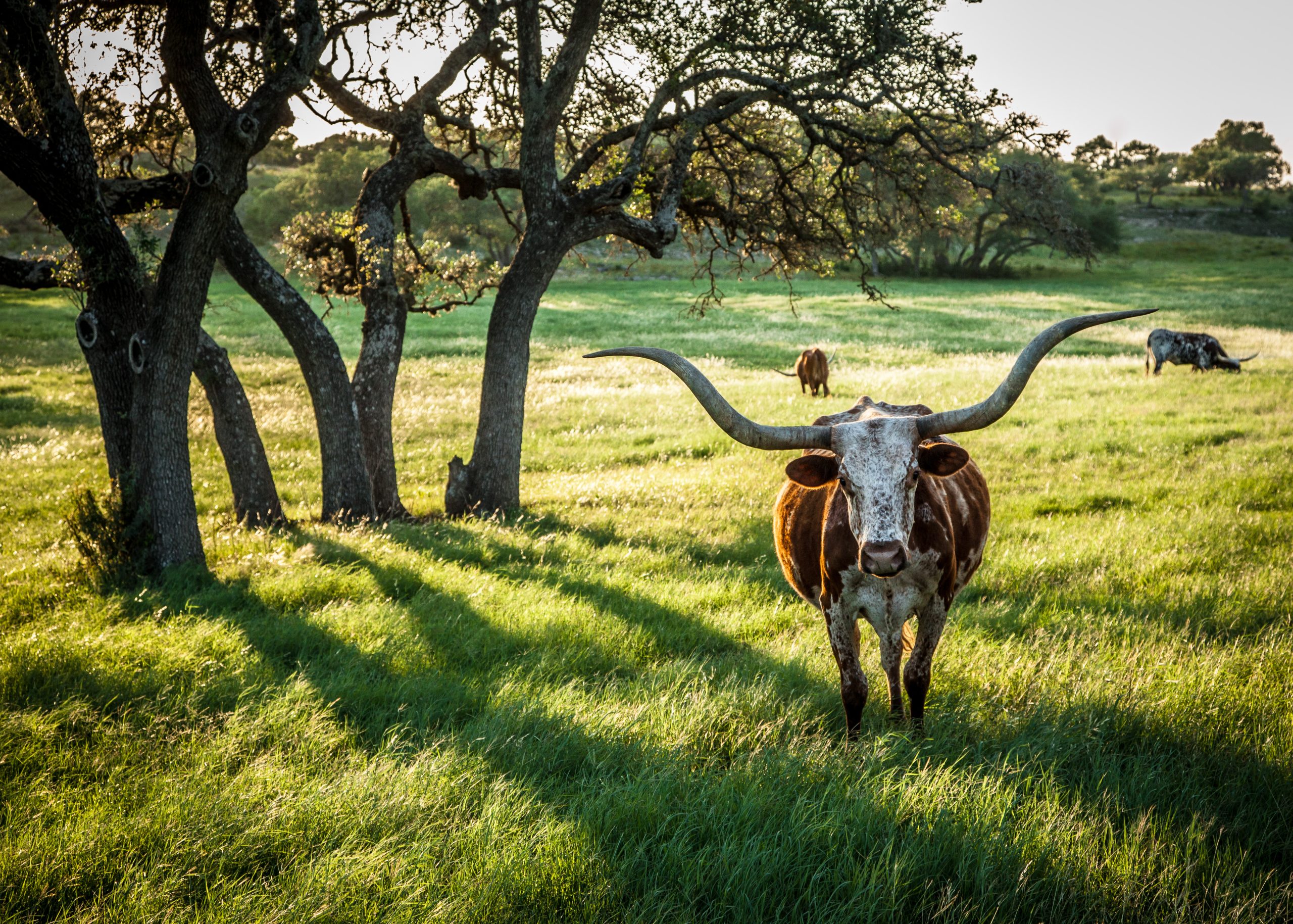
The wide open ranches of the Hill Country are not guaranteed for future generations. Credit: Michael Penn Smith
There oughta be a law (But there’s probably not!)

Historic town squares are at risk when growth in the Hill Country is not carefully planned. Credit: Dale Leach

